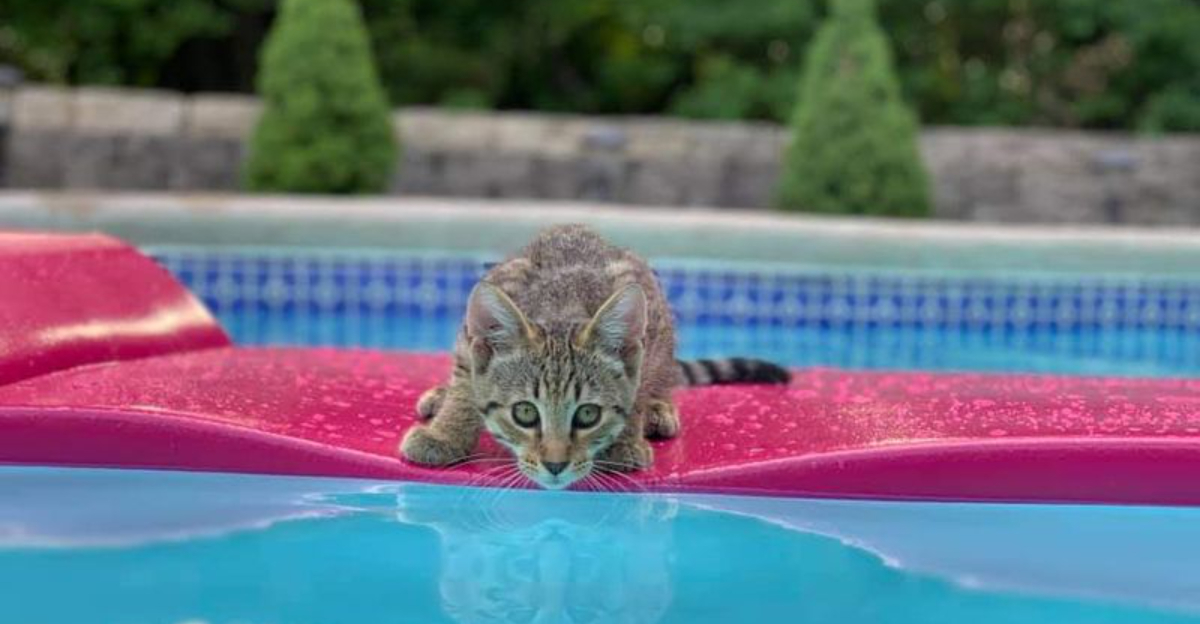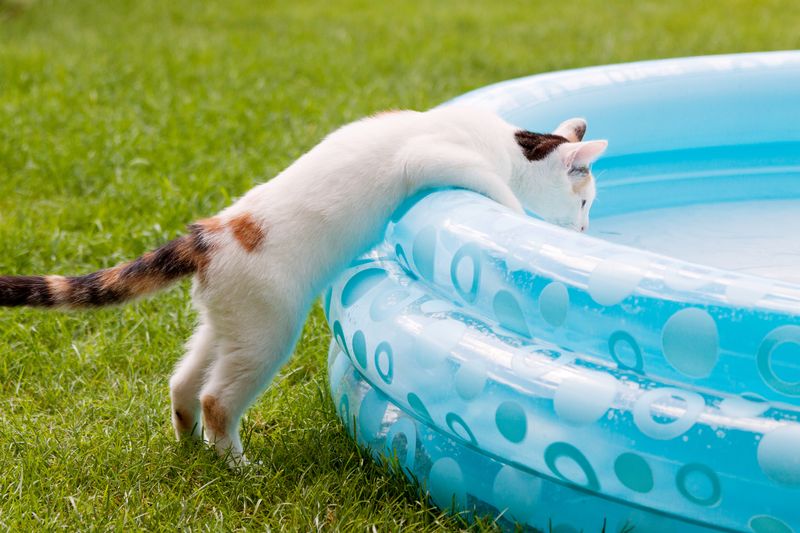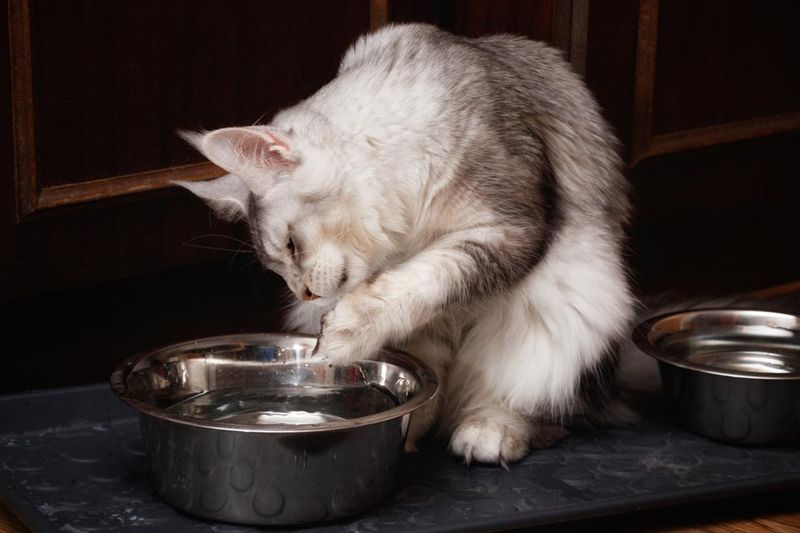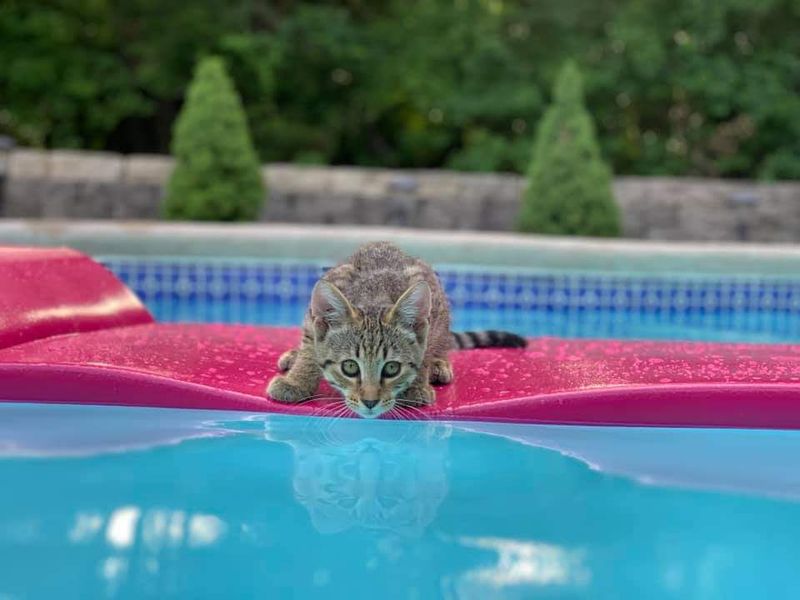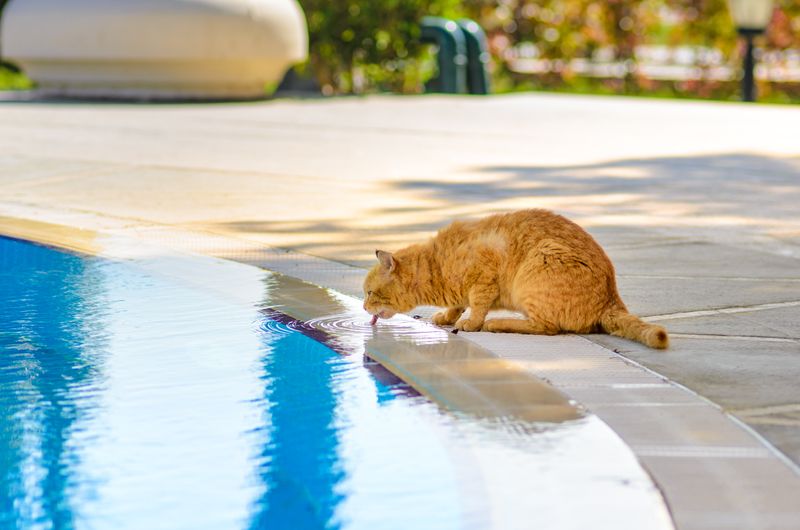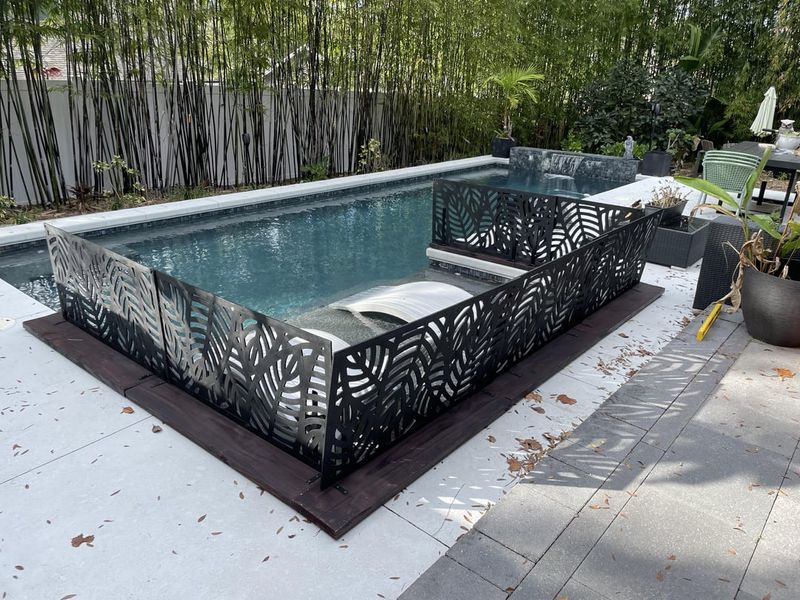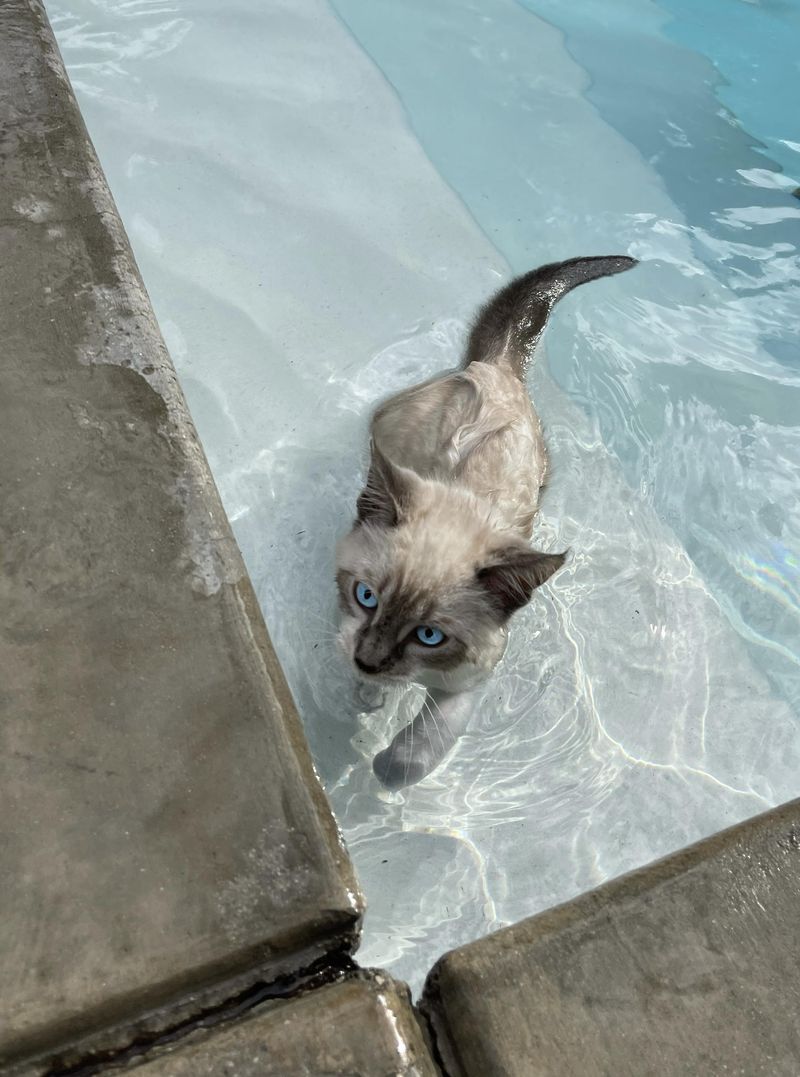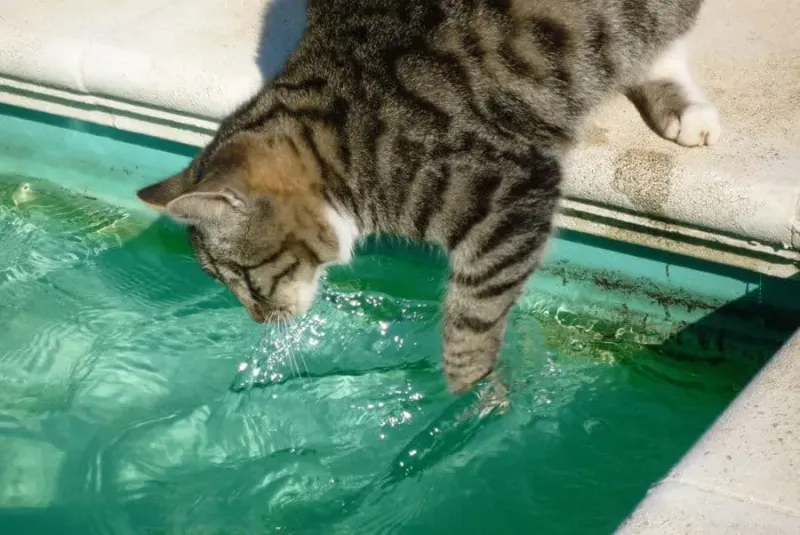📖 Table of Content:
If you’ve ever caught your cat nonchalantly sipping water from the edge of your pool, you’re not alone. While it might seem quirky—or even a little gross—this behavior actually aligns with several instincts and biological preferences deeply rooted in feline evolution. What appears to be a random act of curiosity may, in fact, be your cat acting out of logic, instinct, and sensory perception.
Cats, whether domestic or wild, are built with finely tuned survival mechanisms. Their behaviors around food, water, and territory are often driven by an innate code rather than conscious preference. When it comes to water, especially, many cats exhibit fascinating tendencies—ranging from ignoring a pristine bowl to seeking out the strangest sources like faucets, puddles, or yes, your chlorinated pool.
This article explores seven scientifically-backed reasons behind this amusing habit. Each one taps into your cat’s instincts, environmental perceptions, and sometimes even your household layout. Once you understand the ‘why,’ your cat’s seemingly eccentric actions may start to make perfect sense—and maybe even earn your admiration.
1. Cats Prefer Moving Water
To a cat’s instinctive brain, movement often signals safety. In the wild, stagnant water can harbor bacteria or parasites, while flowing streams are fresher and cleaner. Pools, though not exactly mountain springs, often have visible movement—whether from wind, filtration, or surface activity—that mimics these natural cues. This subtle motion catches your cat’s attention and tells them, “Hey, this water is okay.” Evolution has hardwired them to seek moving sources over still bowls that appear lifeless. Even indoor cats retain this preference, which is why many are drawn to fountains or dripping faucets. Your pool is simply the most luxurious “stream” they’ve found in the backyard.
2. Water Bowl Placement Isn’t Ideal
Most cat owners place food and water bowls side by side—but this doesn’t align with feline instinct. In nature, cats avoid drinking water near prey remains to prevent contamination. If your cat’s water bowl is near their food or litter box, it might actually repel them. The pool, on the other hand, is in a neutral, “clean” zone of their territory. Without any smell of food or waste nearby, it feels more like a safe water source. Cats are highly scent-driven, and if the area around their bowl doesn’t smell fresh, they’ll seek alternatives. That bright, open pool seems like a five-star upgrade.
3. Cats Have Poor Depth Perception
While cats have excellent motion detection and night vision, they aren’t great at gauging depth. Still water in a bowl can be hard to perceive, especially if it’s in a dimly lit room or in a dark-colored dish. A pool, in contrast, reflects light and shows ripples, helping them visually detect the water’s surface more easily. These visual cues are key for a species that relies heavily on precise sensory input to make decisions. Without those clues, they may ignore a water bowl altogether. Add the sparkle of sunlight on water, and the pool becomes not just visible—but irresistibly intriguing. It’s not about rebellion—it’s about sensory clarity.
4. Pools Offer Cooler, Fresher Water (Sometimes)
Temperature can be a deciding factor for finicky feline drinkers. On a warm day, water left out in a bowl can quickly become tepid or even warm. Pool water, especially in shaded or early-morning conditions, is often noticeably cooler. This aligns with a cat’s preference for fresh, cool water—something that would have been vital for survival in the wild. Since they don’t sweat efficiently, cats regulate body temperature carefully, and hydration helps. If their indoor options feel stale or warm, the pool might simply offer a more refreshing alternative. And once they find it pleasing, they’ll keep returning to the source.
5. Chlorine and Minerals Can Be Intriguing
Chlorine, while not great for regular consumption, gives off a scent that may intrigue a cat’s ultra-sensitive nose. Cats have up to 200 million scent receptors (compared to about 5 million in humans), making them curious connoisseurs of all things olfactory. The unique combination of chlorine, minerals, and outdoor smells gives pool water a distinct aroma profile. To your cat, this might not read as “cleaning chemicals” but rather “mystery flavor of the day.” That scent novelty alone could prompt an experimental lick—or several. While it’s not ideal for their health, the behavior is driven by sensory exploration, not a broken water bowl.
6. Environmental Enrichment
For indoor-outdoor cats—or those who hang out on patios—the pool is part of their enriched territory. Exploring and interacting with new parts of their environment keeps their minds and senses sharp. Drinking from the pool could be part of a broader routine: sniffing plants, chasing bugs, lounging in the sun, and sampling water. Rather than a sign of dehydration or boredom, it might be a symbol of a stimulated, happy cat. The water bowl inside just doesn’t offer the same sensory variety. Cats love routines, but they also crave stimulation—and a pool hits both marks.
7. They Learn Through Observation
Cats are smarter than they often let on, and they’re excellent observers. If they’ve seen humans splashing in the pool or other pets (especially dogs) drinking from it, they may conclude it’s a communal water source. This modeling behavior is especially common in multi-pet households. Over time, a cat may experiment and decide that the pool is not just acceptable—it’s preferable. They don’t mimic for approval; they do it because their keen eyes picked up a new “survival tactic.” To them, if it’s good enough for the humans, it must be premium-grade hydration.
